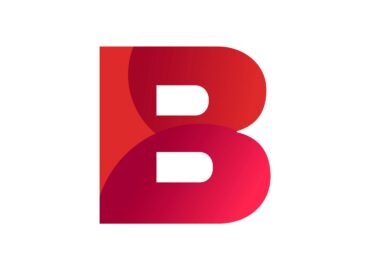L – Glossary
The use of data and analytics to measure the effectiveness of employee training and development programs.
Learning Transfer refers to the application of acquired knowledge, skills, and behaviors from training or learning programs to the workplace or real-life situations.
Leadership development is the process of identifying and improving the performance of individuals that are in an authoritative position to develop their skills and abilities. The process involves providing training and mentoring individuals to acquire the skills, knowledge and characteristics required to lead and manage teams effectively. With leadership development, the goal is to develop individuals that can make informed decisions and manage change in a way that aligns with the organization’s values and objectives. Leadership development is essential for the long-term success of an organization, to ensure that there are capable leaders that can guide the organization through periods of change and ensure growth.
The term L&D stands for learning and development and investment refers to the financial and non-financial resources that the organization allocates towards the development of employees such as skills, knowledge and abilities to improve the employee’s potential and organizational performance. L&D investments include different types of training like on-the-job training, mentor coaching, classroom sessions, and talent development. The L&D investments are made to improve employee productivity, engagement and reduce attrition rates. L&D investments can help organizations in keeping the workforce up to date with the latest skills and knowledge and contribute to building an agile and skilled workforce which is essential for long-term organizational growth.
Learning gaps are the discrepancies between the employee’s knowledge and what was anticipated of him. Identifying the learning gaps is a crucial factor in evaluating the employees to derive skill gaps and train the employees based on them. Failing to do so can lead to increased work pressure, increasing attrition rate and reduced workforce productivity.
The process of identifying and developing future leaders within an organization to ensure continuity and success.
The ability of an individual to learn from experience and adapt quickly to new and changing situations.
(LMS) is a software platform used to manage and deliver employee training and development.
The process of identifying the learning and development needs of an organization and its employees.
An organization that values and supports continuous learning and development for its employees in order to remain competitive and achieve its goals.
A personalized set of courses and activities designed to help an individual acquire specific skills or knowledge.
LRS is a system used to store, manage, and analyze data about learning experiences and achievements.
Learning transfer refers to the extent to which newly acquired knowledge, skills, or attitudes are effectively applied in the work environment after training.



